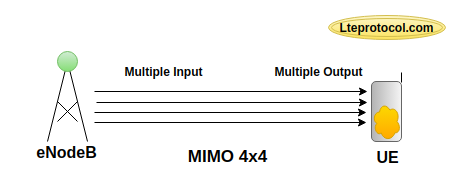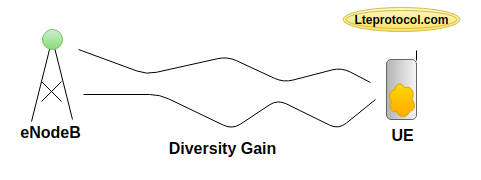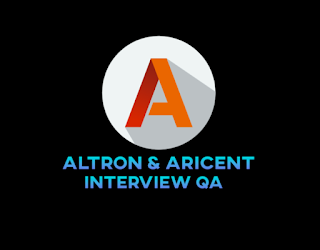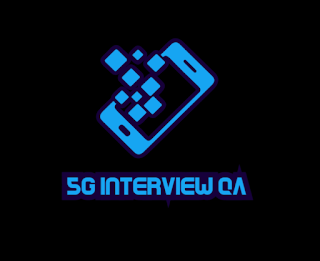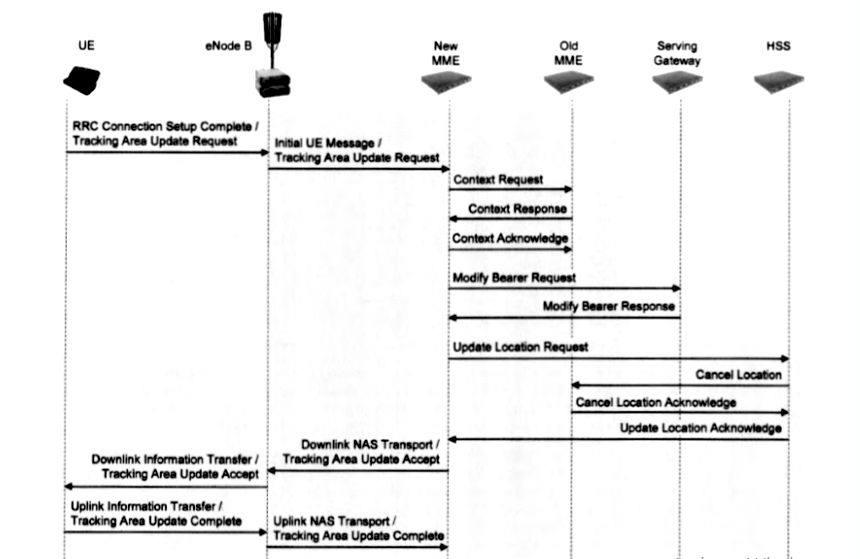There are multiple interfaces that can initiate signaling messages with the EPC. Testing for these requires synchronization of triggering the messages from these interfaces. There are different frequencies for each kind of message and the number of such triggers for an attached UE is also different for different events. The messages also depend on the number of subscribers normally active at any moment and signaling events differ for different numbers and kinds of subscribers.
The area where the EPC is going to serve also results in different kinds of traffic. In an urban area, there would be a high rate of handovers, but in rural areas, the rate of handovers may be less. In an enterprise deployment, the number of active users may be more than in a consumer market, and so on.
The data formats also differ a lot based on the usage of different applications. Video download may result in large packets and high data throughput, but email usage may result in larger active duration, but smaller packet sizes.
Identifying the different use cases and traffic mixes for different deployment thus become a challenge.
Q.7. Can you give some examples of applications that would use dedicated bearers? Do these applications typically use network-initiated dedicated bearers or user-initiated?
Ans. Some examples of using dedicated bearers can be found in voice and video traffic. Applications like IPTV and video on demand, which require guaranteed bandwidth, may also require dedicated bearers. The dedicated bearers can be user-initiated or network-initiated. Mostly for voice and video applications the network would initiate dedicated bearers based on the SDP exchanged for the media for IMS calls. For applications like IPTV and video on demand, it could be either UE or network-initiated.
Q.8. Can you share some of the important metrics collected for a high available EPC solution in carrier-grade networks?
Ans. The important metrics for carrier-grade EPC solutions validate the level of reliability and switchover time. Switchover could happen for both the control and the data plane. These important metrics are:
- Switchover time for control plane
- Switchover time for data plane
- Amount of memory for buffered packets during switchover
- Transmission time for buffered packets
- Level of reliability
- Check all levels of redundancy for all resources, interfaces, and software solutions
- Signaling and data throughput after switchover
Q.9. Is there a way to monitor the UE messages from a simulated eNodeB?
Ans. Yes. Although the UE messages are encrypted, with a simulated eNodeB it is possible to collect the UE keys from the eNodeB simulator and UE exchanges. Alternatively one can use pre-shared information. The eNodeB simulator can also decipher the NAS messages exchanged between the UE and the EPC.
Q.10. How is the voice quality measured in EPC testing and what aspects are covered as part of voice testing through EPC?
Ans. Voice quality is measured using multiple voice test tools to test the following:
- Jitter
- Latency
- Voice quality
- Echo cancellation
- Comfort noise generation
- Voice break at handovers
Q.11. What are the essential scenarios which must be tested for an MME?
Ans. Following are the necessary scenarios which need to be tested for an MME:
- Default bearer creation/deletion/modification
- Dedicated bearer creation/deletion/modification
- Network initiated triggers (default/dedicated bearers)
- Handover (S1, X2)
- TA updates
- Release/Idle mode
- Paging
- ISR
Q.12. What is a major challenge in testing IoT for voice scenarios like CS fall back?
Ans. For voice testing, all the different scenarios like CS fallback, IMS calls, SRVCC, etc. have to be tested. The different voice application nodes like the IMS network, CS network of 3G network, SRVCC handling IMS application server, and SCP nodes have to be simulated such that they can receive and initiate triggers.
The nodes need to be tested for different user capacities and different kinds of voice applications, like emergency calls, voice and video calls, multiband audio; and require multimedia application support in the simulators. This poses a major challenge.
Q.13. How it is ensured that voice and data go on simultaneously; is it possible on CS fall back?
Ans. Voice and data can go on simultaneously in CS fallback, depending on the network and UE capability. If the PS session is going on in LTE and voice is transferred to 3G, then the UE needs to support two kinds of radio at the same time. This may or may not be possible depending on the UE’s capability. Even in the case where both PS and CS are handed over to 3G, depending on the UE’s and the network’s capability, either the PS session may be suspended when the CS session is ongoing or both PS and CS sessions may go on simultaneously.
Q.14. What are the best commercially available test tools for EPC core interoperability, inter-RAT, or non-3GPP testing?
Ans. Normally for interop, customers prefer to test with a real node from another vendor, rather than using commercially available test tools.
Altran has frameworks for different LTE EPC core elements (i.e. MME, SGW, PGW, HSS, and PCRF) and eNodeB. We have used these for interop for some of our customers.
Additionally, IxCatapult M500, NetHawk EAST EPC, Polaris LTE Functional Test Tool, Spirent Landslide, and Spirent Test Centre are some of the other tools used for EPC node testing.
The selection of the tool depends on different aspects like the node to be simulated, testing phase to be simulated for, the scope of testing, cost of the tool, etc.
Q.15. Are there any end-end network monitoring solutions you would recommend? Which vendors?
Ans. From the monitoring or protocol analyzer perspective many tools are there which focus mainly on the access network side. For example Anritsu, R&S, Tektronix, and Aeroflex.
From an end-to-end perspective, the few vendors that can be considered for network monitoring solutions are JDSU and Tektronix. Often, Wireshark or other tools used for testing can fulfill these requirements.








